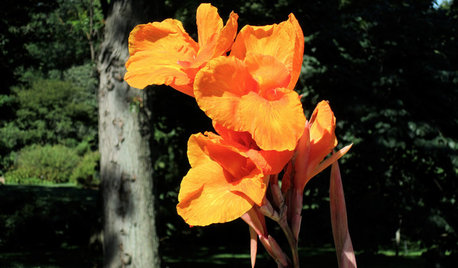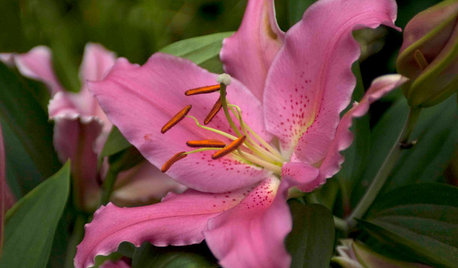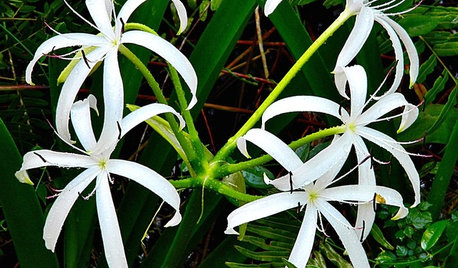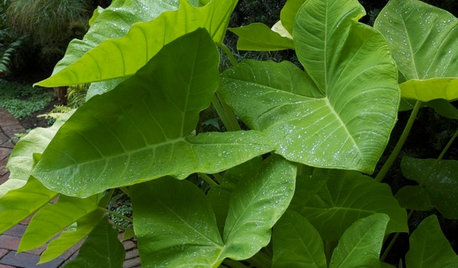Move a Canna Lily
wuppybob
16 years ago
Featured Answer
Sort by:Oldest
Comments (6)
fayeraven
16 years agolast modified: 9 years agoRelated Professionals
New Bedford Landscape Architects & Landscape Designers · Essex Landscape Architects & Landscape Designers · Gloucester Landscape Contractors · Kaneohe Landscape Contractors · Pueblo West Landscape Contractors · Suisun City Landscape Contractors · Clearfield Landscape Contractors · Maple Grove Decks, Patios & Outdoor Enclosures · Arlington Heights Decks, Patios & Outdoor Enclosures · Centreville Decks, Patios & Outdoor Enclosures · Fredonia Decks, Patios & Outdoor Enclosures · Issaquah Decks, Patios & Outdoor Enclosures · Methuen Decks, Patios & Outdoor Enclosures · Southampton Decks, Patios & Outdoor Enclosures · Statesville Decks, Patios & Outdoor Enclosuresgreenguy1
16 years agolast modified: 9 years agowuppybob
16 years agolast modified: 9 years agokatrina1
16 years agolast modified: 9 years agojmckemie
15 years agolast modified: 9 years ago
Related Stories

GARDENING GUIDESGreat Design Plant: Canna 'Pretoria'
Plant this showstopping lily in your garden now for the lush feel of a tropical landscape all summer long
Full Story
GARDENING GUIDESGreat Design Plant: Cannas
Easy to grow and maintain, these showy, colorful plants are perfect for beginning gardeners
Full Story
FLOWERSGreat Design Plant: Lilies
Try these delightfully exotic stunners for paintbox colors, deep fragrance and intricately detailed petals
Full Story
MOVINGRelocating Help: 8 Tips for a Happier Long-Distance Move
Trash bags, houseplants and a good cry all have their role when it comes to this major life change
Full Story
MY HOUZZMy Houzz: 1955 Texas Ranch Moves On Up With a Modern Addition
Graphic tiles, wood accents, modern furnishings and a new second story help elevate a dated interior and layout
Full Story
GARDENING GUIDESGreat Design Plant: Crinum Americanum
Bright white flowers with thin delicate petals grace this water-loving southern lily
Full Story
DECLUTTERINGDownsizing Help: How to Edit Your Belongings
Learn what to take and what to toss if you're moving to a smaller home
Full Story

LANDSCAPE DESIGNIs Your Garden Minding the Viewing Speed Limit?
Follow these signposts to steer garden viewers toward an experience they can fully appreciate
Full Story
GARDENING GUIDES7 Tropical Wonders of the Plant World
Go for high impact with the spectacular foliage, over-the-top florals or iconic profiles of these hand-picked tropical favorites
Full StorySponsored
More Discussions


greenguy1